3 VECTOR-BORNE DISEASE CONTROL of malaria deaths in 2019. The most important arthropod vector for human disease is the mosquito but there are others The most important mosquito borne disease is malaria but there are lots more Where and how people live is critical in determining vector exposure Vector control using pesticides raises complex question environmental trade justice Environmental change at.
The Fight Against Emerging Vector Borne Diseases Wur
Vectors are living creatures that can transmit infectious pathogens between humans or from animals to humans.
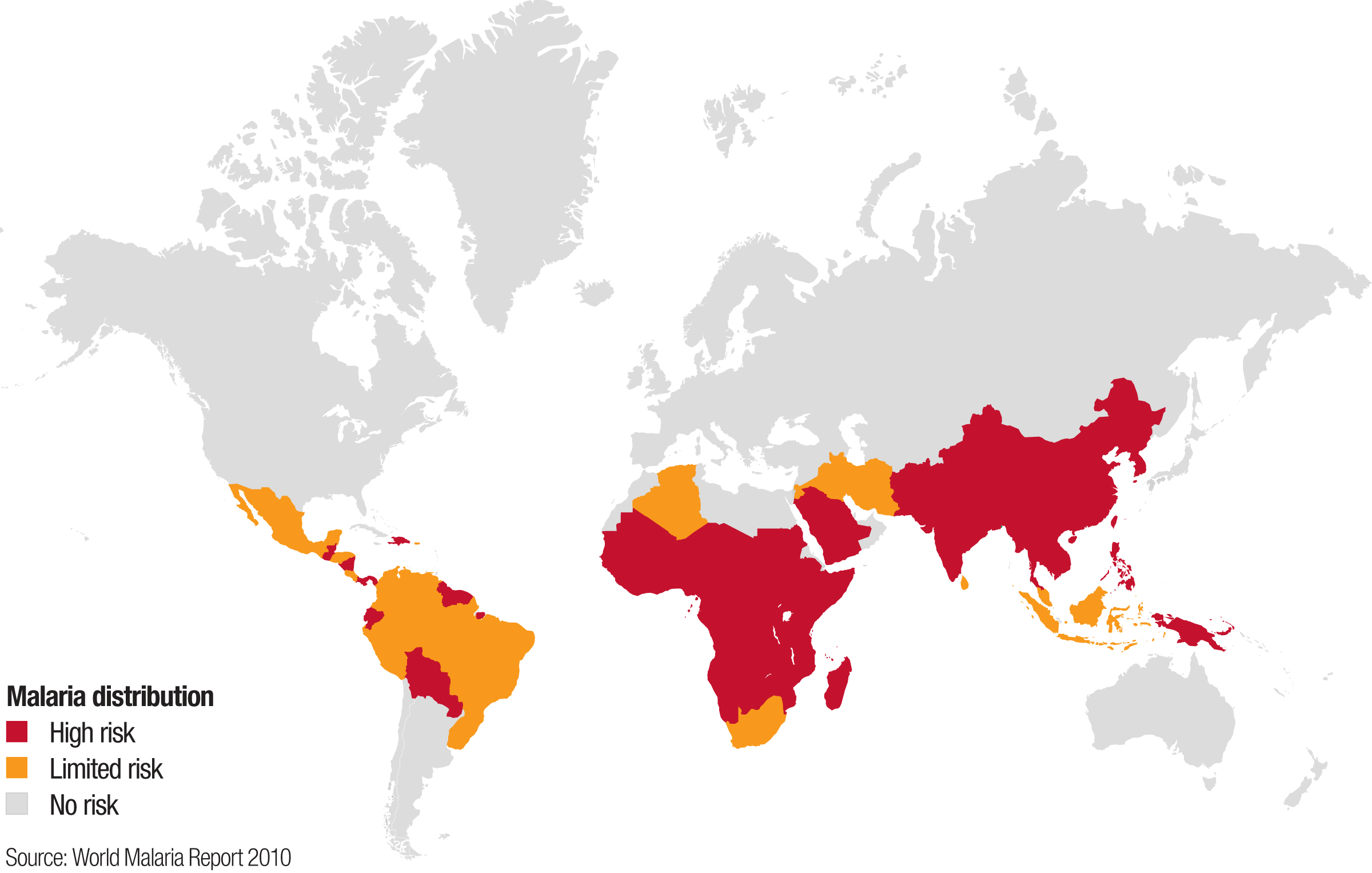
Is malaria a vector borne disease. This theory is further applied to a vector borne disease namely malaria. While malaria is the most important vector-borne disease because of its global distribution the numbers of people affected and the large number of deaths the vector-borne viruses arboviruses are clearly the most numerous. Malaria and other vector-borne diseases including dengue and Zika affect millions globally.
More than 400 000 people a year die from malaria alone. Analysis is done for the combined effect of both the populations when the malaria is in epidemic state. Vector-borne diseases are transmitted typically by the bite of an infected arthropod.
Some of the most common vector-borne diseases across the world include Malaria Dengue Fever and Yellow Fever among others. Most of the recorded cases in the US are usually in immigrants and travelers coming. Malaria is characterized by cycles of chills fever pain and sweating.
17 years later Ronald Ross proved that malaria could be transmitted to humans by infected mosquitoes. It is a small to medium sized mosquito with Culex like sitting posture. Walpole when describing the disease.
The group has an unparalleled diverse research portfolio in vector borne diseases VBDs from mosquito genomics to health economics and spans the basic science to translational research pathway. The Anopheles minimus mosquito a malaria vector that carries the drug-resistant malaria parasite P. Most of the deaths were among children under 5 years old and pregnant.
Anopheles culicifacies is the main vector of malaria. Yes it is the most deadly vector borne disease malaria kills over 12 million people annually mostly African children under the age of five. The blood that this mosquito ingested is visible through its abdomen.
89 of the reported deaths were in Africa. It is shown that if then the disease free equilibrium is locally asymptotically stable whereas if then it is unstable. Lecture 14 Vector-Borne Diseases with Focus on Malaria study guide by 2004698063 includes 70 questions covering vocabulary terms and more.
Malaria and Lyme disease were the largest vector-borne epidemics in recent US history. In 2015 there were an estimated 214 million cases of malaria worldwide resulting in an. There are many vectors of malaria.
Falciparum feeding on a human host. In that same year there were 229 million cases of malaria and 409000 deaths reported globally Malaria is largely prevalent in the tropical areas of developing countries in Africa Asia and Latin America World Malaria Report 2020. The anti-malaria campaign involved large-scale public works eradicating the disease within two decades.
Malaria a mosquito-borne disease with intense transmission had higher morbidity and mortality whereas Lyme and other tick-borne diseases are more persistent in the environment. Vector-borne diseases are among the diseases that have been linked with climate change 1. Lyme disease is the most common vector-borne disease in the USA and Europe.
Malaria and dengue fever are among the most important vector-borne diseases in the tropics and subtropics. Malaria is probably the deadliest climate sensitive vector-borne disease 2. Malaria is maybe the most popular vector-borne disease on the planet.
Every year there are more than 1 billion cases and over 1 million deaths from vector-borne diseases such as malaria dengue schistosomiasis human African trypanosomiasis leishmaniasis Chagas disease yellow fever. Malaria other Vector Borne Diseases LSTM hosts one of the largest groups of Vector Biologists in the world and has seen rapid expansion in recent years. Let us take a look that is a vector-borne disease and the types of vectors responsible for the vector-borne diseases.
Malaria is a major vector borne disease in India with significant morbidity and mortality. The vector-borne disease is widespread in poor tropical and subtropical areas. The name mal aria meaning bad air in Italian was first used in English in 1740 by H.
The responses to these two epidemics were markedly different. SEIR model is formulated for both human as well as for vector population. It is a zoophilic species.
Charles Louis Alphonse Laveran was credited with the official discovery of the malaria parasite in 1880. Malaria is a Vector borne disease that affects millions of people every year. Disease which is caused by an infectious microbe that is transmitted to people by blood-sucking arthropods.
Vector-borne diseases Vector-borne diseases are illnesses caused by pathogens and parasites in human populations. In this way the mosquito is the transport between two. It is carried to humans primarily through mosquitos who transfer between people when they bite them.
Health risks due to climatic changes will differ between countries that have developed health infrastructures and those that do not. A good number of these vectors are known to be. Encephalitis is also becoming a public health concern.
4 species of plasmodium that cause human malaria and their geographic. In contrast Lyme disease. It has the highest infection rate in countries in Africa this is due to the climate and health practices.
The National Vector Borne Disease. It is responsible for over 600000 deaths yearly. Historical records suggest malaria has infected humans since the beginning of mankind.
Quizlet flashcards activities and games help you improve your grades. In 2008 globally there were an estimated 243 million malaria cases with 863000 deaths. The official figure of 15 million cases annually is a gross under-estimation of the true incidence and the actual figures are estimated to be 10-100 times higher.
Malaria is an infectious disease caused by a parasite Plasmodium which infects red blood cells. Terms in this set 12 What classifies a vector-borne disease. Vector-borne diseases account for 17 of the estimated global burden of all infectious diseases and every year there are approximately 700000 deaths due to the same all over the world.

Global Health Impacts Of Vector Borne Diseases Global Biodefense

World Health Day 2014 Focuses On Vector Borne Diseases Bmc Series Blog

Who Malaria Control The Power Of Integrated Action
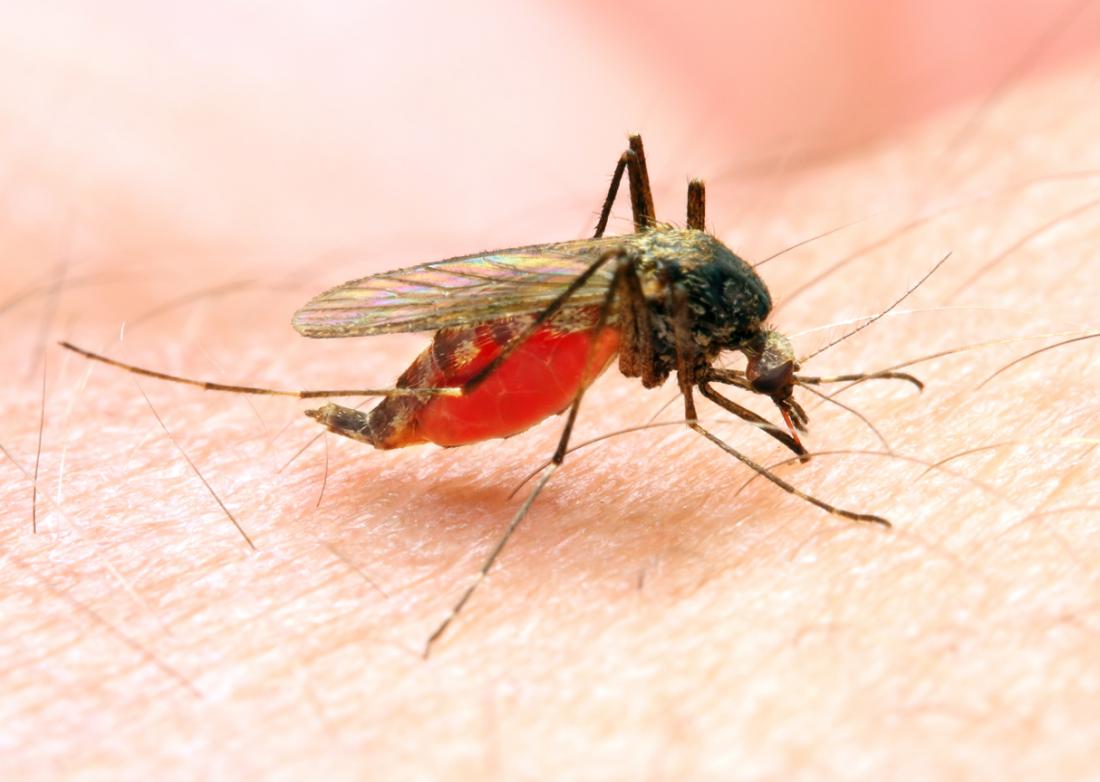
Malaria Symptoms Treatment And Prevention

What Is A Vector Borne Disease Mosquitonix
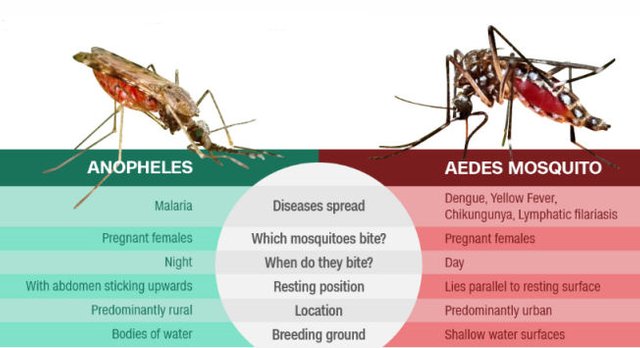
How Malaria And Dengue Are Being Eradicated Vector Borne Disease Control Steemit
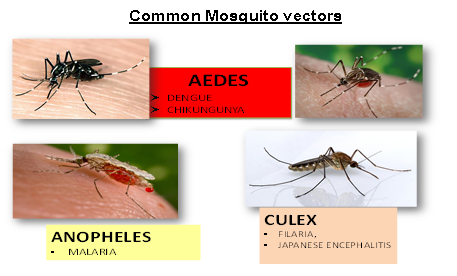
Vector Borne Diseases Howrah Municipal Corporation
Srl Diagnostics Malaria Is A Vector Borne Disease Facebook

Explainer What Are Vector Borne Diseases Csiroscope
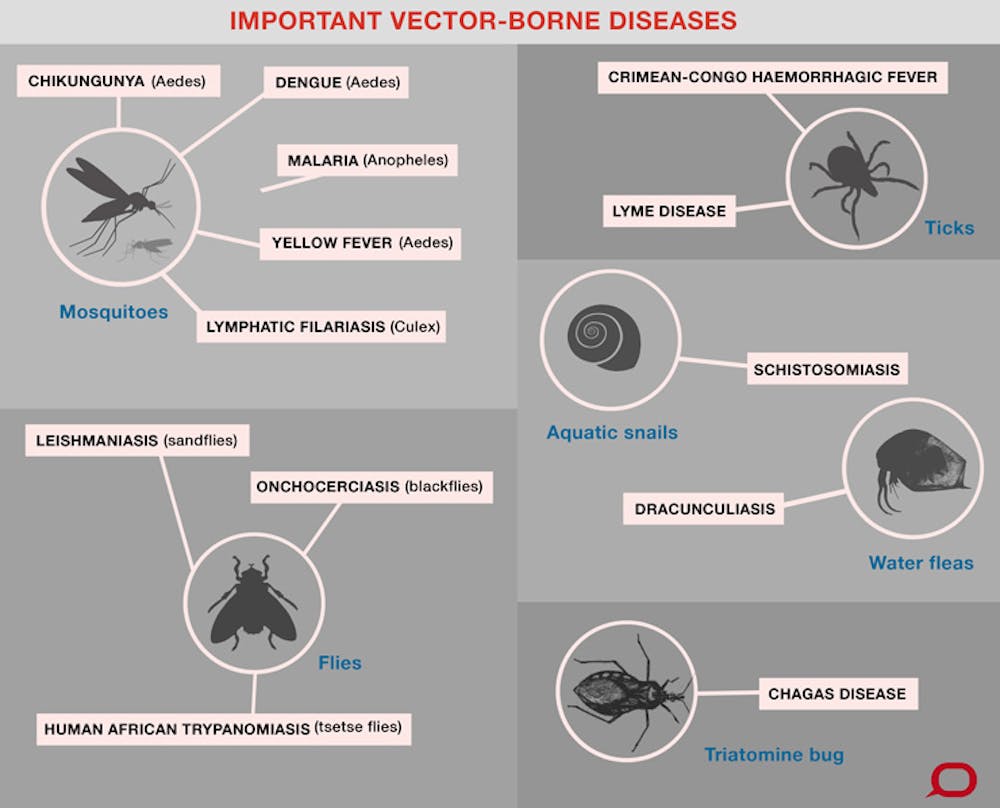
Bites And Parasites Vector Borne Diseases And The Bugs Spreading Them
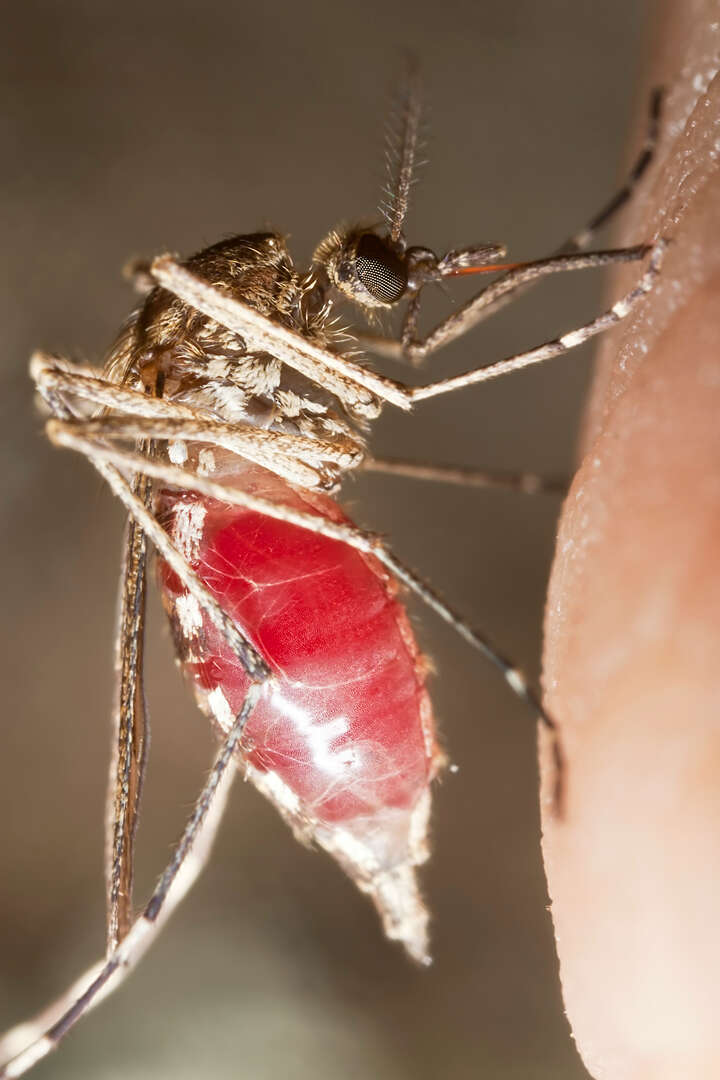
Malaria Other Vector Borne Diseases Lstm

As Vector Borne Diseases Spike Malaria A Big Worry The Indian Express

Vector Borne Disease The Mentor Initiative

Climate Change And Vector Borne Disease Ucar Center For Science Education
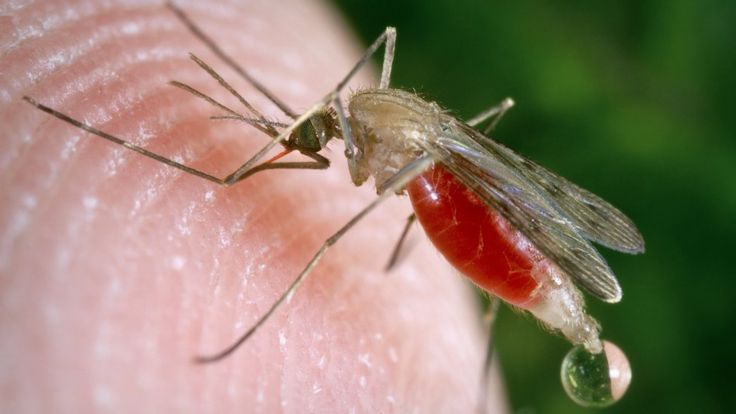
Unprecedented Epidemics Of Vector Borne Diseases Could Mobile Phones Be The Answer Richmond Journal Of Law And Technology

Afhsd On Twitter On Worldmalariaday Diagnosis Of Malaria Among Service Members In 2017 Reached Its Lower Number In 10 Years Learn More About Malaria And Other Febrile And Vector Borne Diseases In The

Climate Change And Vector Borne Disease Ucar Center For Science Education
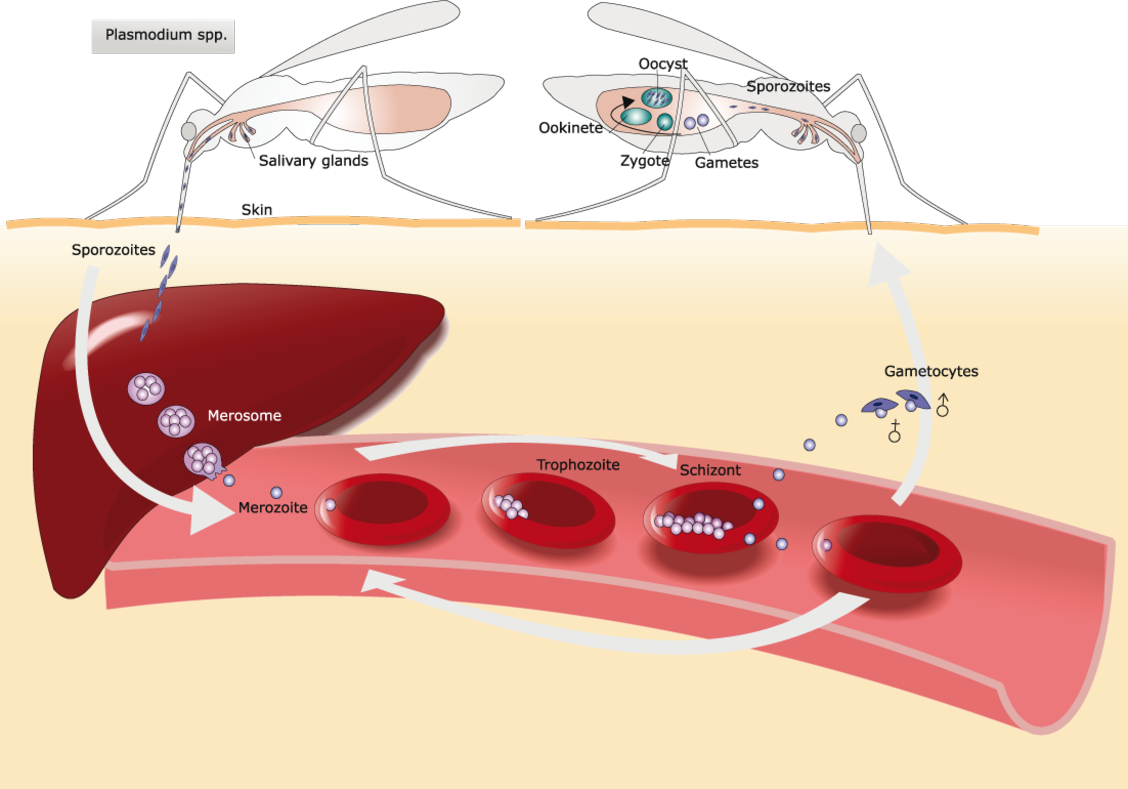
Malaria Diagnostics At The Forefront For Disease Management And Elimination Human Diagnostics Worldwide


Post a Comment
Post a Comment